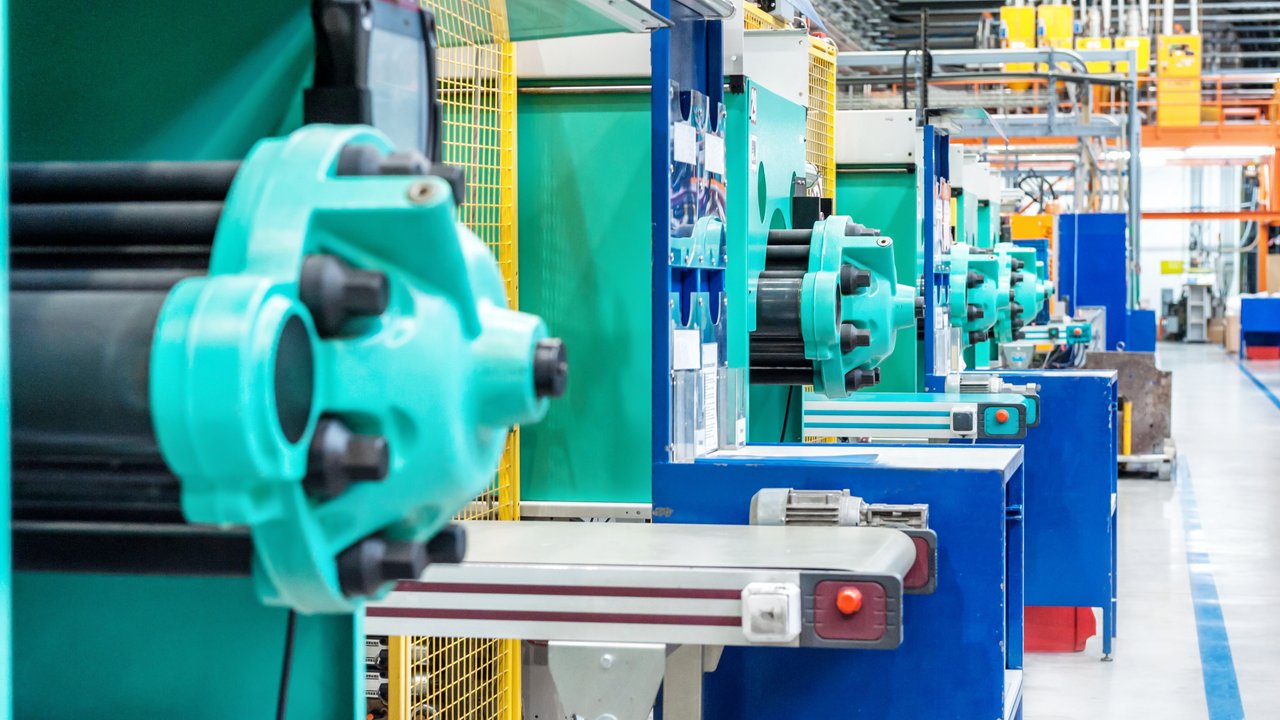
Mothballing plant and equipment
A guide to loss prevention
properties.trackTitle
properties.trackSubtitle
The practice of mothballing assets for storage, and retaining them in a condition which will enable future use, is performed regularly.
This includes the requirement for the asset to restart to normal functionality with minimal disruption and cost. Other considerations include protection from damage, fire, and corrosion; which are likely to have a detrimental effect on the equipment.
Whilst most companies understand the importance of routine maintenance for their industrial equipment during normal service, many risk potentially damaging their assets by failing to take the appropriate steps when mothballing equipment.
An assessment should be made whilst the equipment is operational on how to safely shut down, store, and treat the equipment during the mothball stage.
This assessment may include:
- Anticipated timescale for the re-start.
- The review and consideration of maintenance requirements, both planned and preventative.
- Space required to safely store the equipment (if mobile).
- Resource requirement for preservation of the equipment. This may be compared with the anticipated remediation at the start-up stage.
- Resource requirement and practical interventions required to reduce and prevent the occurrence of corrosion or deterioration.
- The appropriate steps required to re-introduce the asset back to normal service after the mothball period.
Common terminology
Short-term lay-up
Extended lay-up
Mothballing
- Corrosion that has the potential to significantly reduce component life; increasing both fatigue and failure rate.
- Start-up problems when the equipment is brought back into service. Without proper protection, water can enter through breathers and other openings. Proper mothballing can help significantly reduce water contamination.
The three most significant threats to equipment taken out of service are:
Presence of moisture/water within the equipment which can cause internal corrosion.
Vibration from external movements resulting in micro-welds on contact points (also known as fretting corrosion).
Foreign contaminants causing abrasive wear on moving/rotating elements.
Corrosion
Corrosion accounts for the highest percentage of failures in plant equipment that has been out of service for several months.
The biggest concern is moisture, which can affect the machined surfaces of metallic components that are susceptible to corrosion.
The effects of corrosion can be minimised by:
- Eliminating corrosive agents, such as oxygen and certain chemical or biological substances.
- Separation of dissimilar metals.
- Protecting surfaces with wet or dry films.
- Managing the source of moisture and humidity.
Restarting the equipment
Planning
Not only do lay-up procedures need to be effective, they also need to be practical and convenient to implement. When executing an extended plant lay-up, a detailed plan should be prepared for each major piece of equipment or system. This plan may include:
- Inspection
- Cleaning
- Isolation
- Occasional operation of components
- Repairs and/or maintenance
- Corrosion protection and
- Ongoing long-term storage requirements
Whenever any equipment is removed from service for lay-up, it is recommended that the owner consults the original equipment manufacturer (OEM) for their unit’s specific lay-up requirements.
Case study
A major manufacturer ordered a 5,000kW electric motor as part of a plant expansion. However, with a downturn in the economy and cut backs in production the plant expansion was put on hold. Consequently, the motor was put into short-term storage which was then extended to long-term storage with the confidence of knowing the motor would be available when needed. But would it be?
To maintain the integrity of the motor while in storage, it is recommended that the OEM instructions are followed. But as a minimum, plant operators should ensure that: proper storage be selected to maintain the OEM warranty; the equipment be kept in a clean and non-corrosive environment; the storage space ambient temperature remain above dew point to prevent condensation; the motor’s shaft be rotated at least every other month; the motor’s windings be checked periodically (megger tested); and regular visual inspections be performed for signs of corrosion or other damage or signs of vermin or other pests that may cause damage to the equipment.
In this case, these practices were not fully implemented and after a two-year lay-up, the motor was finally installed and failed during testing and commissioning due to a short circuit. This was caused by insulation damage by rodents. The ensuing costs for the repair of the motor amounted to well over £157,000 in addition to the lost revenues over the 90-day time period required to repair the damaged motor.
It can be costly when best practices in equipment lay-up or storage are ignored or circumvented. It takes thorough planning, vigilance and persistence to complete a successful extended plant lay-up. A conscientious inspection and maintenance schedule will help keep equipment in good condition during long-term storage and often can reveal potential problems before they become serious.
Our solutions
HSB Machinery and Technology Combined provides an equipment breakdown, deterioration of stock, and business interruption policy all in one; with the option to include engineering inspection services.
HSB Inspection Services helps customers to maintain workplace equipment safety, optimise the efficiency of plant and equipment, and comply with applicable health and safety legislation; covering boiler/pressure, lifting, electrical/mechanical, dust and fume extraction, power press equipment and fixed electrical wiring.
